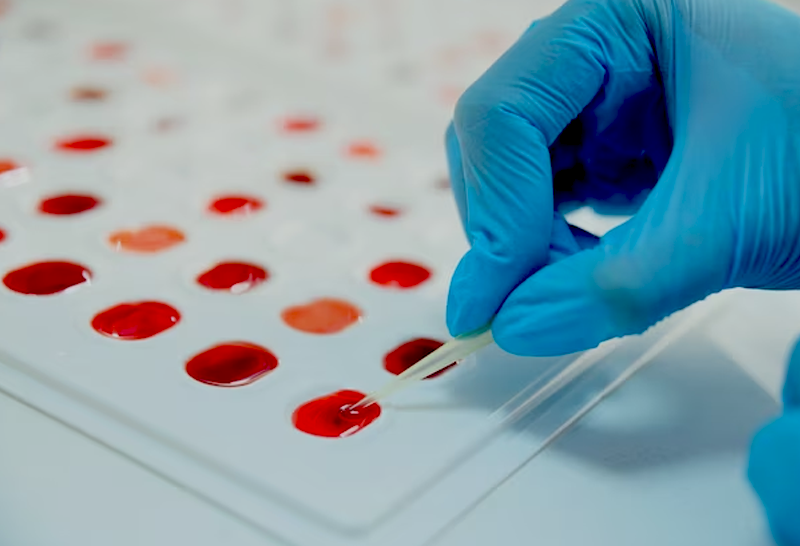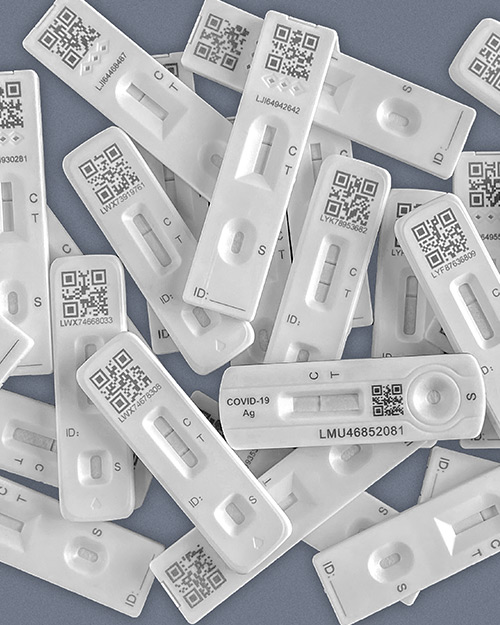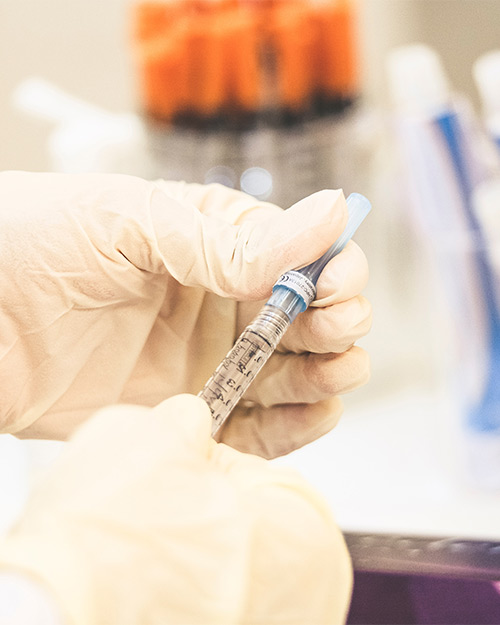-

Diagnostic Transformation Team Options Appraisal
-

Accelerating Scan4Safety Agenda through Inventory Management Optimisation
-

ICS Collaborative Operating Model and Commercial Efficiency
-

Saying Goodbye to Category Tower 8
-

Commercial Case for NHSE South-West Community Diagnostic Hubs
-

Contracting for Sample Processing in Health Research
-

Pro-bono COVID-19 Grant Application Support to Homerton Healthcare
-

Logistics Management for a Global Pharmaceutical Company
-

Patient Safety Business Case Development
-

Preparing for the challenges of tomorrow with robust continuity planning
-

Reshaping long neglected sterilisation services
-

Implementation of a Trust-wide Patient Safety Programme
-

Redesigning a one-of-a-kind NHS shared service facility
-

Delivering a value assessment for regional health and social care collaboration
-

Private Provider Value Assessment
-

Facilities Management Cost Reduction
-

Optimisation of Diagnostic Specimen Collection Network
